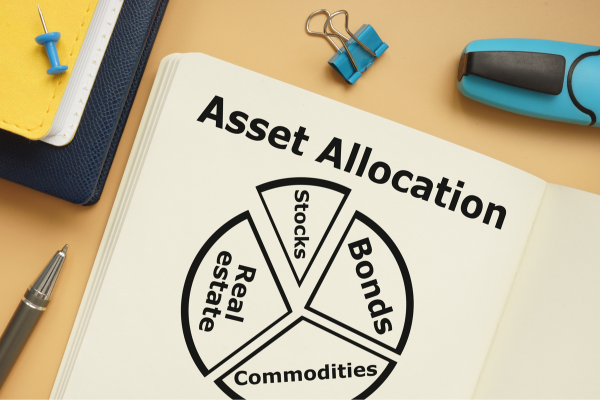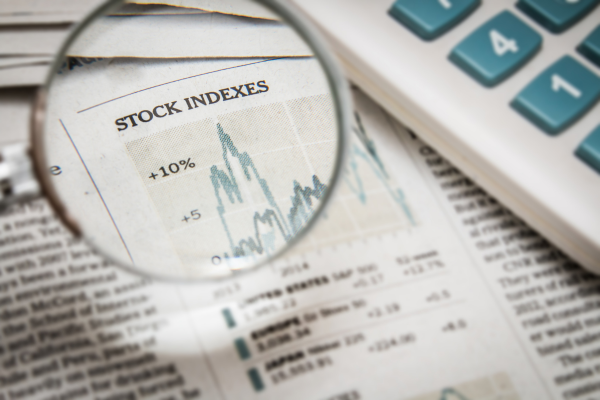Choosing between active and passive mutual funds can significantly impact your investment returns. Active vs. Passive Mutual Funds: Which Strategy Maximizes Returns? is a crucial question for investors aiming to optimize their portfolios. Active funds are managed by professionals who aim to outperform the market, while passive funds track an index with lower costs. Understanding the differences between these strategies helps investors make informed decisions. In this article, we explore Active vs. Passive Mutual Funds: Which Strategy Maximizes Returns? to determine which approach suits different financial goals and risk appetites.
Table of Contents
Understanding Active Mutual Funds

Active mutual funds are managed by professional fund managers who actively select stocks, bonds, or other assets with the goal of outperforming a specific benchmark index. These funds rely on market research, analysis, and expert decision-making to generate higher returns.
Characteristics of Active Mutual Funds:
- Fund Manager Involvement: Fund managers actively buy and sell securities based on market trends and economic forecasts.
- Higher Costs: Due to frequent trading and active management, these funds have higher expense ratios and transaction costs.
- Potential for Higher Returns: Skilled fund managers can outperform the market, leading to significant gains for investors.
- Market Risk Exposure: Active funds can be more volatile since they attempt to beat market trends.
Understanding Passive Mutual Funds

Passive mutual funds, on the other hand, follow a market index and aim to replicate its performance rather than outperform it. These funds require minimal management and involve lower costs.
Characteristics of Passive Mutual Funds:
- Index Tracking: Passive funds track a benchmark index like the S&P 500 or Nifty 50.
- Lower Costs: Since there is no active management, expense ratios are significantly lower.
- Stable and Predictable Returns: These funds aim to match the market’s performance rather than beat it.
- Reduced Market Risk: Passive funds are less volatile and provide steady returns over time.
Active vs. Passive Mutual Funds: Which Strategy Maximizes Returns?
When considering Active vs. Passive Mutual Funds: Which Strategy Maximizes Returns?, investors must evaluate multiple factors, including historical performance, costs, risk tolerance, and market conditions.
1. Performance Comparison
Historically, active funds have the potential to generate higher returns, especially in volatile or inefficient markets where fund managers can exploit opportunities. However, studies show that most actively managed funds underperform their benchmark indices over the long term due to higher fees and inconsistent stock-picking success.
Passive funds, while unlikely to outperform the market, provide steady returns that mirror the index. In bull markets, passive funds tend to perform well as the overall market grows.
2. Cost Factor
One of the most critical differences in Active vs. Passive Mutual Funds: Which Strategy Maximizes Returns? is the cost associated with each approach.
- Active Funds: Higher expense ratios (typically 1-2%) due to fund manager fees, research costs, and trading expenses.
- Passive Funds: Lower expense ratios (usually below 0.5%) since they require minimal management.
Over time, these costs can significantly impact overall returns. Many investors prefer passive funds for their cost-effectiveness and long-term growth potential.
3. Risk and Volatility
Active funds come with higher risks as they depend on fund managers’ decisions, which may not always be accurate. If a manager makes poor investment choices, the fund can underperform. Conversely, passive funds eliminate human error by simply tracking the index, reducing risks.
4. Suitability for Different Investors
- Active Funds: Best suited for investors willing to take higher risks for potentially higher rewards. These funds work well for short-term traders and those confident in fund managers’ expertise.
- Passive Funds: Ideal for long-term investors who prefer stable, predictable returns with minimal risk and lower costs.
Pros and Cons of Active and Passive Mutual Funds
Choosing the Right Strategy

The choice between Active vs. Passive Mutual Funds: Which Strategy Maximizes Returns? depends on an investor’s individual goals, risk tolerance, and investment horizon.
- If you seek higher potential returns and can tolerate risk, active mutual funds may be suitable.
- If you prefer consistent and cost-effective growth, passive mutual funds offer a safer long-term strategy.
- Some investors opt for a hybrid approach, investing in both active and passive funds for diversification.
When evaluating Active vs. Passive Mutual Funds: Which Strategy Maximizes Returns?, key factors such as performance, cost, risk, and suitability for different investors come into play. Active funds aim to outperform the market but come with higher costs and volatility, while passive funds provide cost-effective, stable returns. For aggressive investors seeking higher gains, active funds may be ideal, whereas passive funds suit conservative investors looking for steady growth. Ultimately, Active vs. Passive Mutual Funds: Which Strategy Maximizes Returns? depends on individual financial goals, risk tolerance, and investment strategy.
Frequently Asked Questions (FAQs)
1) Do active funds perform better in down markets?
Active funds may perform better in down markets as fund managers can adjust strategies, hedge risks, and capitalize on market inefficiencies, whereas passive funds simply track the index, offering no downside protection.
2) What percentage of active funds beat the market?
Historically, only about 10-20% of active funds consistently outperform the market over the long term, as higher fees and frequent trading often make it difficult to sustain superior returns.
3) What is the return goal in passive investing?
The return goal in passive investing is to match the market’s performance rather than outperform it. Typically, passive investors aim for long-term average returns of 7-10% annually, depending on the index tracked.





